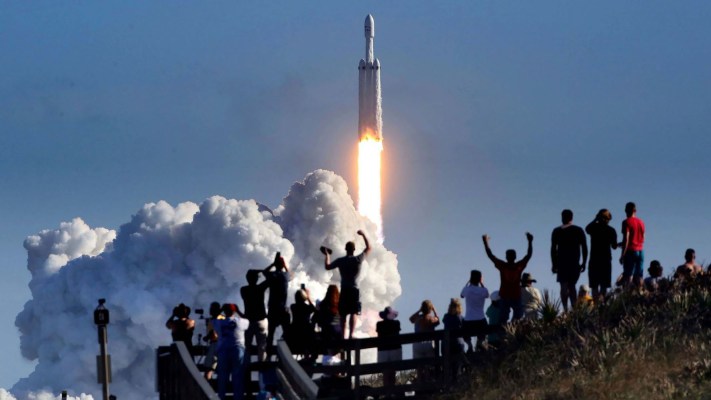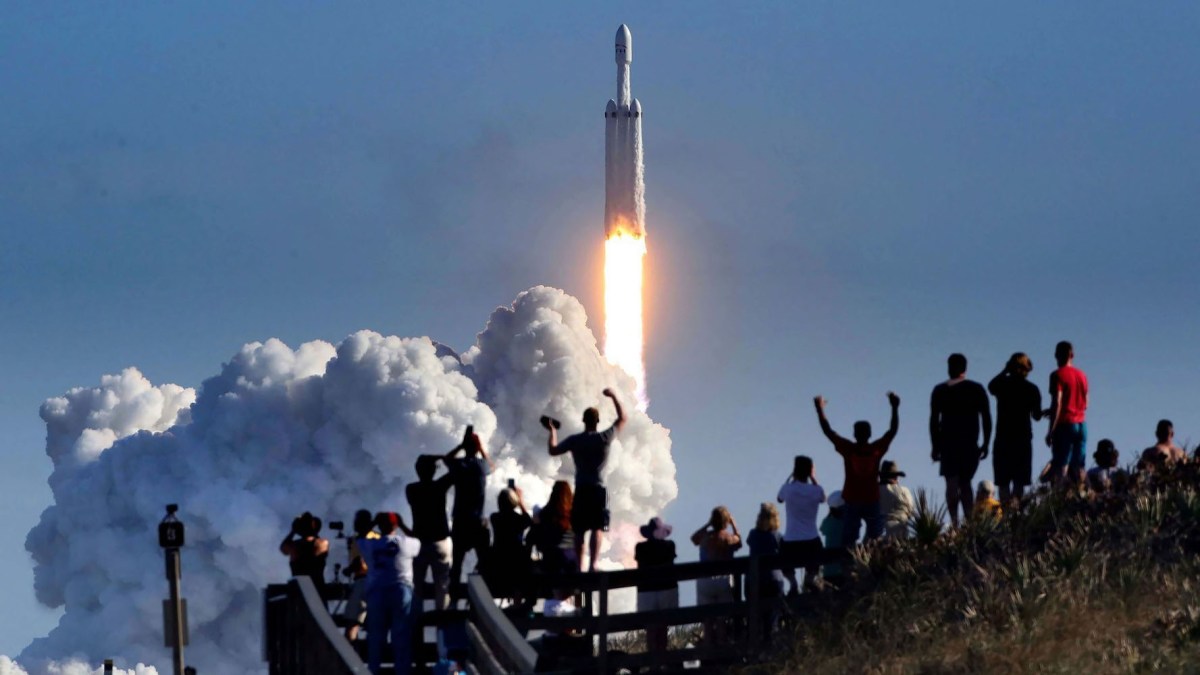7 space tech predictions for 2023

Cell phone connectivity from space
Multiple players in the industry have recently set their sights on direct-to-mobile connectivity from space. While it’s still a very early market with limited existing capabilities, companies such as Apple, T-Mobile, Globalstar, SpaceX, AST SpaceMobile and Lynk Global are targeting this area. Multiple mobile network operators are already on board, even before some of the first operational spacecraft have been launched.
Apple has partnered with Globalstar to provide SOS connectivity with its new iPhone 14, and T-Mobile is planning to begin low-earth orbit (LEO) connectivity in 2023 through SpaceX, which recently filed an application with the US FCC to include direct-to-cellular capabilities in its Gen 2 Starlink satellites. Amazon is also set to launch its first batch of LEO satellites for Project Kuiper.
Most of these early projects will not provide high-speed broadband from space, and will instead offer low-bandwidth connectivity suitable for emergency calls and texts. All of this aims to service the currently underserved population around the world, which does not live within reach of traditional cell tower networks.
Commercialization of the moon begins in earnest
Despite the economic uncertainty, we believe new records will be established in spacetech as giant commercial projects get funded.
Extensive government and commercial efforts are underway to head “back to the Moon” decades after the Apollo program finished in 1972. This has been kicked off by NASA’s Artemis program, which saw the Artemis 1 mission’s Orion capsule returning to Earth after spending almost a month traveling around the Moon.
At almost the same time, the first fully-privately-funded lunar mission was launched by SpaceX for Japanese company iSpace, which is taking a fuel-efficient trip to the Moon and is due to get there in April. This would be the first fully commercial mission to land on the Moon, a milestone in the cooperation between Japan and the U.S. in space. Other commercial companies, such as Intuitive Machines and Astrobotic, are also targeting Moon landings.
With the first commercial companies headed moonward alongside national efforts, we expect 2023 to be a breakthrough year for the cislunar ecosystem.
Three drivers underpin revenue growth
Developments in the defense, cybersecurity and climate sectors will prove to be strong tailwinds for revenues in spacetech in 2023. Record growth in defense budgets driven by the war in Ukraine and rising geopolitical tensions will drive business, and governments’ increasing desire for sovereign capability from space assets will lead to some huge orders in the sector. And, since cybersecurity is another tool in the geopolitical toolbox, satellite resilience against attacks is a priority.
A growing reliance on datasets generated in orbit means the security demands for the flow of data from the satellite to the cloud and ground stations are growing exponentially. We see 2023 as the year when the industry embraces quantum capabilities.




